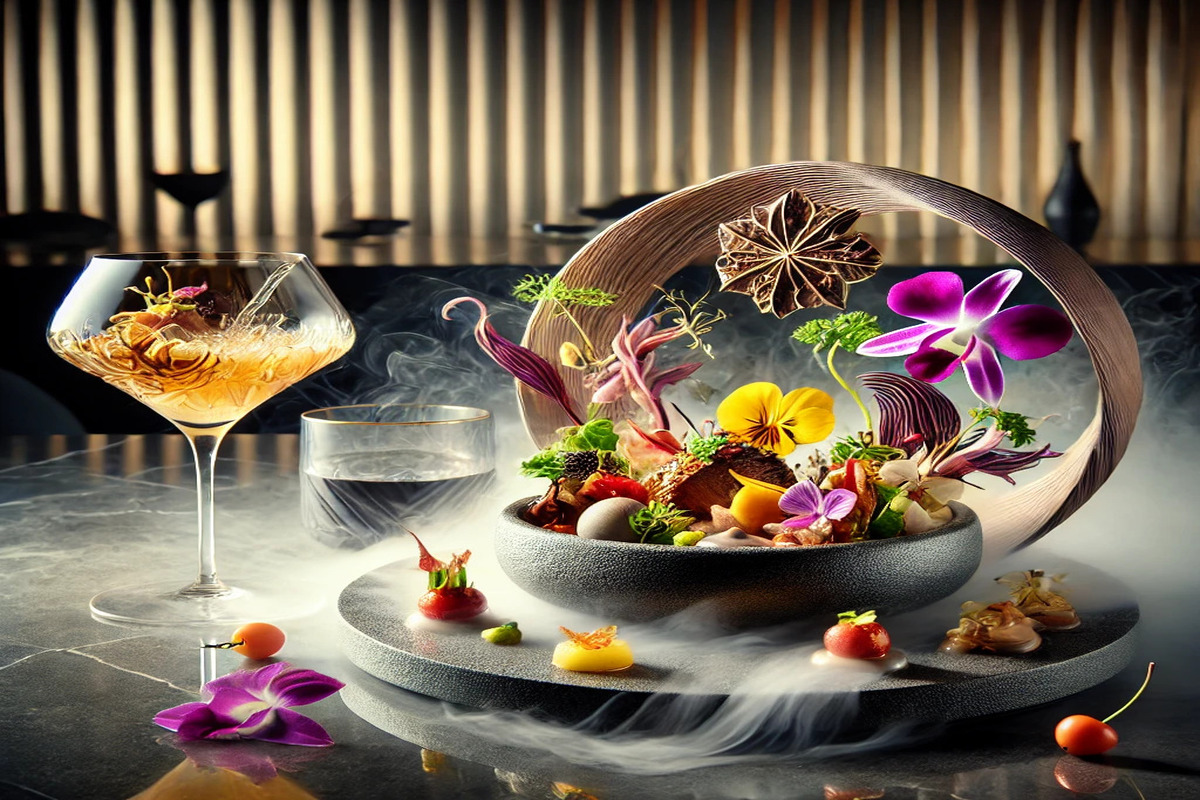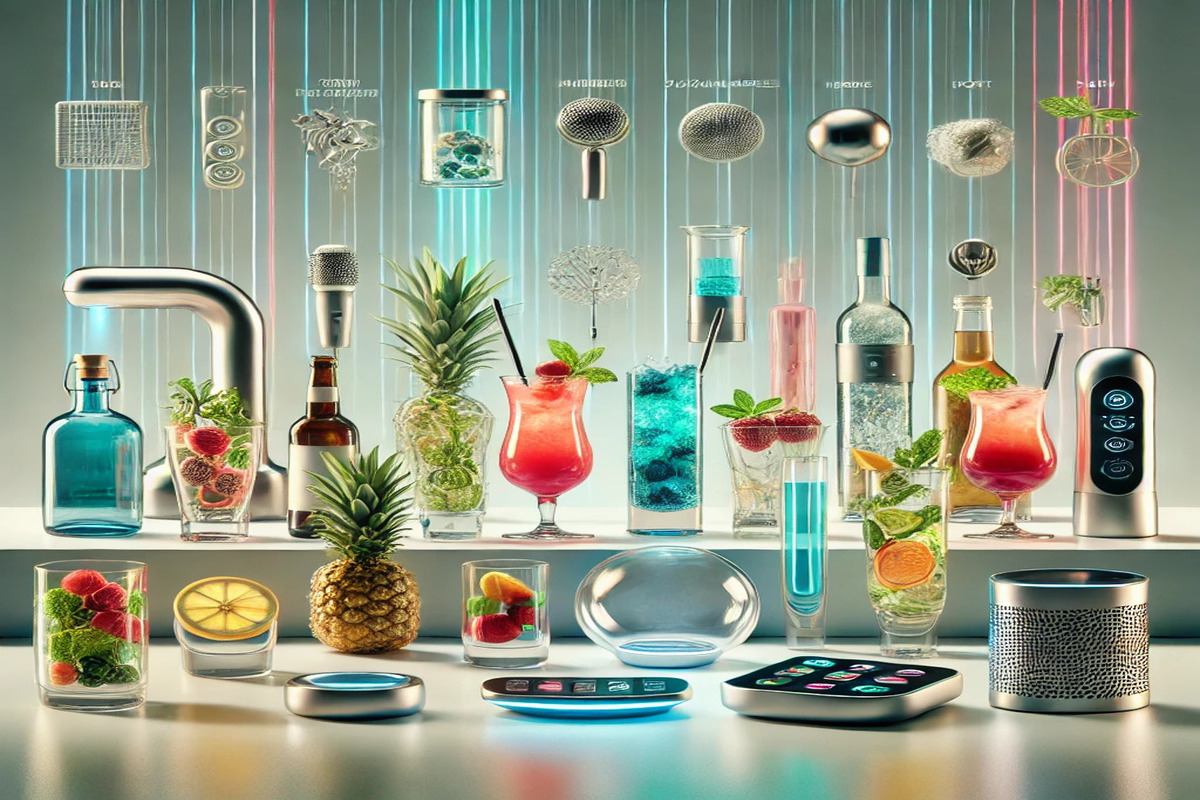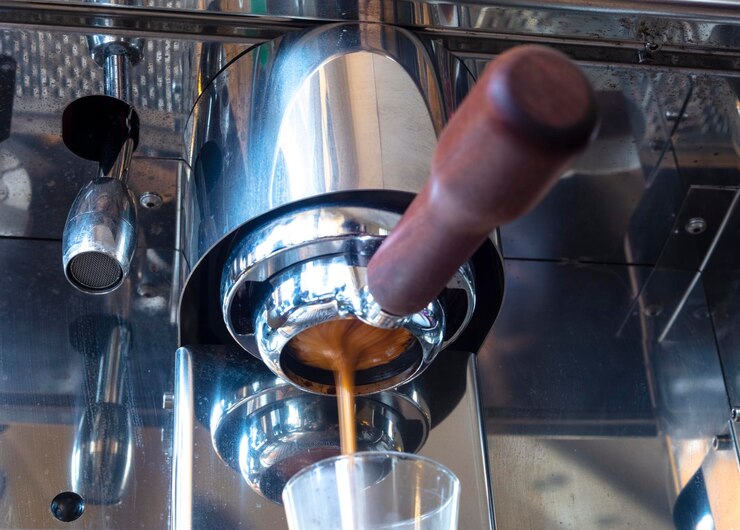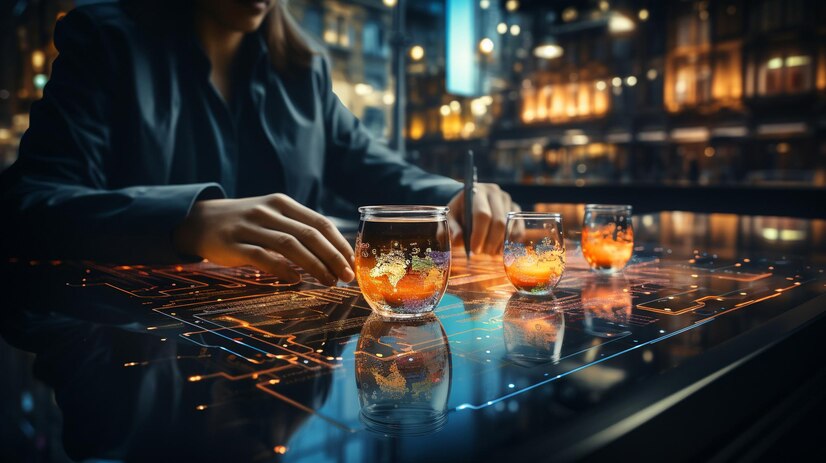Picture this: you’re at a chic restaurant, the ambiance is perfect, and the menu promises a culinary delight. Read More
Imagine your plate as a blank canvas and every ingredient as a splash of color. Plating is where culinary skills and artistic flair come together to create a visual feast. Chefs are like painters, using sauces as brush strokes and garnishes as accents. A perfectly plated dish not only looks stunning but also hints at the flavors and textures awaiting you. It’s not just about how the food tastes; it’s about how it makes you feel before the first bite. The beauty of food often starts with the ingredients themselves. Think of fresh herbs, vibrant vegetables, and succulent fruits as nature’s paint palette. The visual appeal of a dish is often a direct reflection of the quality and freshness of its components. Chefs meticulously select ingredients not just for their flavor but also for their visual impact. The vivid reds of tomatoes, the lush greens of spinach, and the sunny yellows of corn all contribute to a dish’s aesthetic charm. Garnishes are the finishing touches that elevate a dish from ordinary to extraordinary. They’re like the tiny flourishes that make a painting pop. A sprig of fresh basil, a sprinkle of edible flowers, or a drizzle of balsamic glaze can turn a simple plate into a work of art. But it’s not just about making things look pretty; garnishes can also enhance flavors, add texture, and provide a sensory preview of what’s to come. Beverages are no longer just quenchers of thirst; they’re visual spectacles. Think of cocktails with colorful layers, garnished with fruit slices and herbs, or smoothies in vibrant hues topped with a swirl of whipped cream. The art of drink presentation involves creating a visual experience that matches the drink’s flavor profile. The right glassware, garnishes, and even the way a drink is stirred can make sipping a cocktail feel like a luxurious ritual. Food presentation is not just an art; it’s a performance. The arrival of a beautifully plated dish can be as exciting as a curtain rising on a stage. Chefs often choreograph the presentation to enhance the dining experience, from the grand reveal of a flambéed dessert to the intricate assembly of a multi-course tasting menu. The drama of dining—complete with sizzling sounds and aromatic wafts—adds an element of spectacle that makes the meal memorable. Color theory plays a significant role in food presentation. A dish with a rainbow of colors not only looks appetizing but also signals a balanced and diverse meal. The contrast between bright and muted tones can make each component stand out, creating a visually appealing plate that excites the appetite. Chefs are adept at using color to create harmony and highlight the natural beauty of their ingredients. The true magic of culinary artistry lies in creativity. Chefs often push the boundaries of traditional presentation, experimenting with textures, shapes, and plating techniques to surprise and delight diners. Whether it’s deconstructed dishes that challenge perceptions or inventive uses of molecular gastronomy, the goal is to create a memorable experience that stimulates all the senses. In the world of food and beverage, aesthetics are not just about making things look good—they’re about crafting an experience that engages and excites. From the artistry of plating to the imaginative presentation of drinks, culinary aesthetics play a crucial role in how we experience and enjoy our meals. So, the next time you sit down to dine, take a moment to appreciate the artistry on your plate. After all, eating is one of life’s greatest pleasures, and when presented with flair, it becomes a feast for both the eyes and the palate. The Canvas of Cuisine: Plating as an Art Form
From Farm to Fork: The Journey of Fresh Ingredients
The Art of Garnishing: Little Details, Big Impact
Sips and Swirls: Crafting Visual Delights in Beverages
Dining as Theater: The Dramatic Presentation
Color and Composition: A Feast for the Eyes
The Flavor of Imagination: Creativity in Every Bite
Final Thoughts: Savoring the Aesthetic Experience




